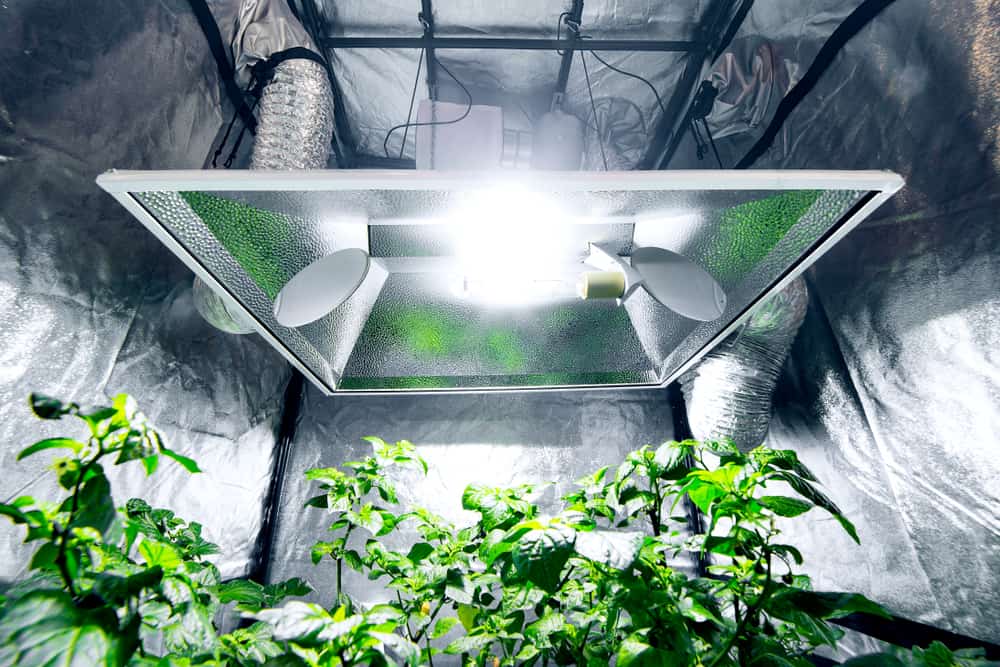Hydroponics and grow tents — a potent combination that’ll allow you to grow fresh produce all year round.
After all, hydroponic growing is all about control. The point is to make sure that you are able to monitor and exercise control over every element of the growing process – including external/environmental factors.
What better way to do this than adding a grow tent to your setup!
But which ones are worth buying? What features should you look out for? Are they worth the money? And what exactly can you grow in them?
This article aims to address all of the above questions and more.
By the time you are finished reading, you will understand just how valuable grow tents are and why purchasing one will only benefit you and your future grows.
Table of Contents
7 Grow Tents For Beginners
Before we go any further, let us have a look at seven grow tents suited to beginners:
1. JT Jupetory 2×2 Mylar Hydroponic Grow Tent
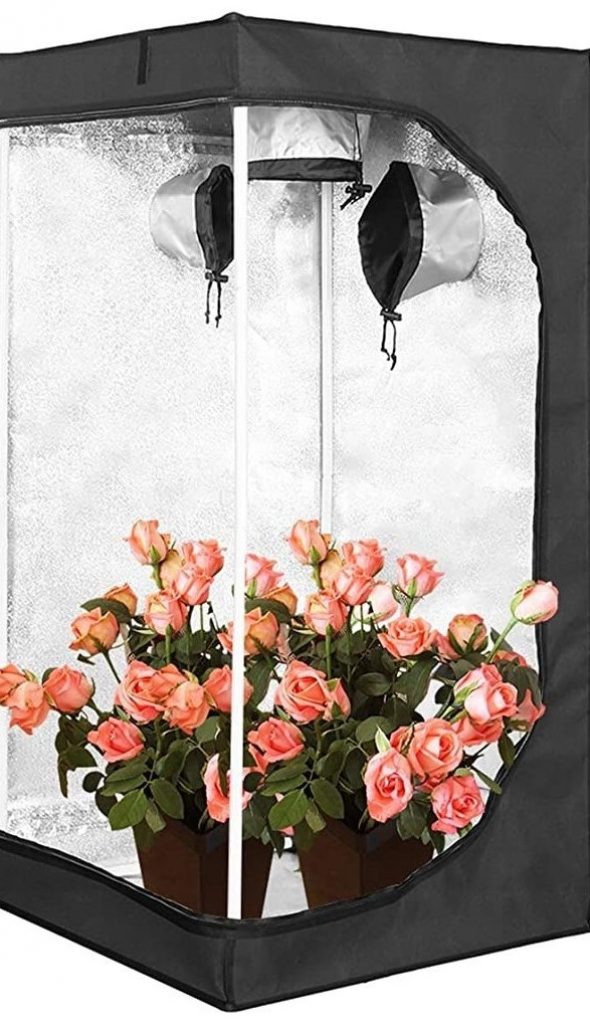
This grow tent from JT Jupetory is the first entry on the list
Its small stature, affordable price, and quality build make it a fantastic entry-level option for those of you looking to kick-start your indoor grow.
It’s also worth mentioning that this grow tent is both waterproof and tearproof due to its extra-thick canvas.
So you won’t have to concern yourself with possible leakage issues or pest infestations.
Product Information:
| Dimensions | 24” (W) x 24” (L) x 48” (H) |
|---|---|
| Weight | 11.43 lbs |
| Fabric | Oxford Cloth |
| Fabric Density | 600D |
| Reflective Material | 98% reflective Mylar |
| Frame | Heavy-duty, iron, rust-resistant poles |
| Extra Features | Removable floor tray |
2. Opulent Systems 24″x24″x48″ Hydroponic Mylar Water-Resister Grow Tent
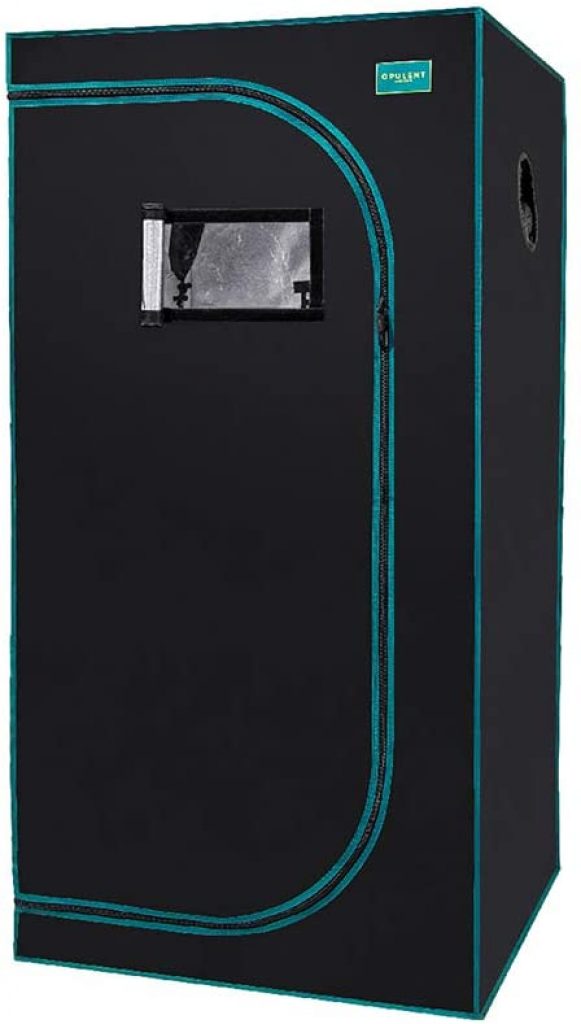
Opulent Systems grow tents are quick and easy to assemble without tools, even if it’s your first time.
This model comes with a window that will allow you to peek inside and monitor your plants, whenever you like.
It also has a storage bag that’ll help keep your tools and accessories organized.
Lastly, it comes with a worry-free, 18-month warranty.
Product Information:
| Dimensions | 24” (W) x 24” (L) x 48” (H) |
|---|---|
| Weight | 13.02 lbs |
| Fabric | Oxford cloth, double-stitched |
| Fabric Density | 600D |
| Reflective Material | 98% reflective Mylar |
| Frame | Metal Poles |
| Extra Features | Toolbag, removable floor tray |
3. CoolGrows Grow Tent, 32″x32″x63″ Mylar Hydroponic Grow Room
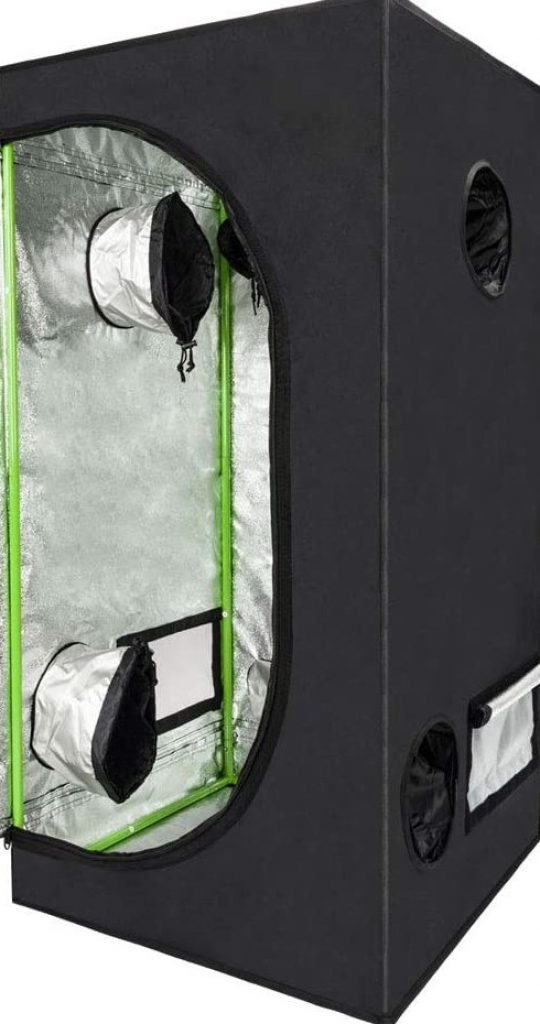
Coming in at a slightly larger size than the previous two entries, this CoolGrows hydroponic grow room is another great, budget-friendly option for beginners.
Whether you’re looking to set up your indoor garden in an apartment, condominium, greenhouse, or any rented space, it’ll get the job done.
For those of you who are environmentally conscious, this grow tent is made out of Peva material, a less toxic and arguably more environmentally friendly alternative to PVC.
Product Information:
| Dimensions | 32” (W) x 32” (L) x 63” (H) |
|---|---|
| Weight | 18.36 lbs |
| Fabric | Oxford cloth, PVC free |
| Fabric Density | 600D |
| Reflective Material | 95% reflective Mylar |
| Frame | Powder-coated, steel poles |
| Extra Features | Floor tray & corner adapter |
4. VIVOSUN 30″x18″x36″ Mylar Hydroponic Grow Tent
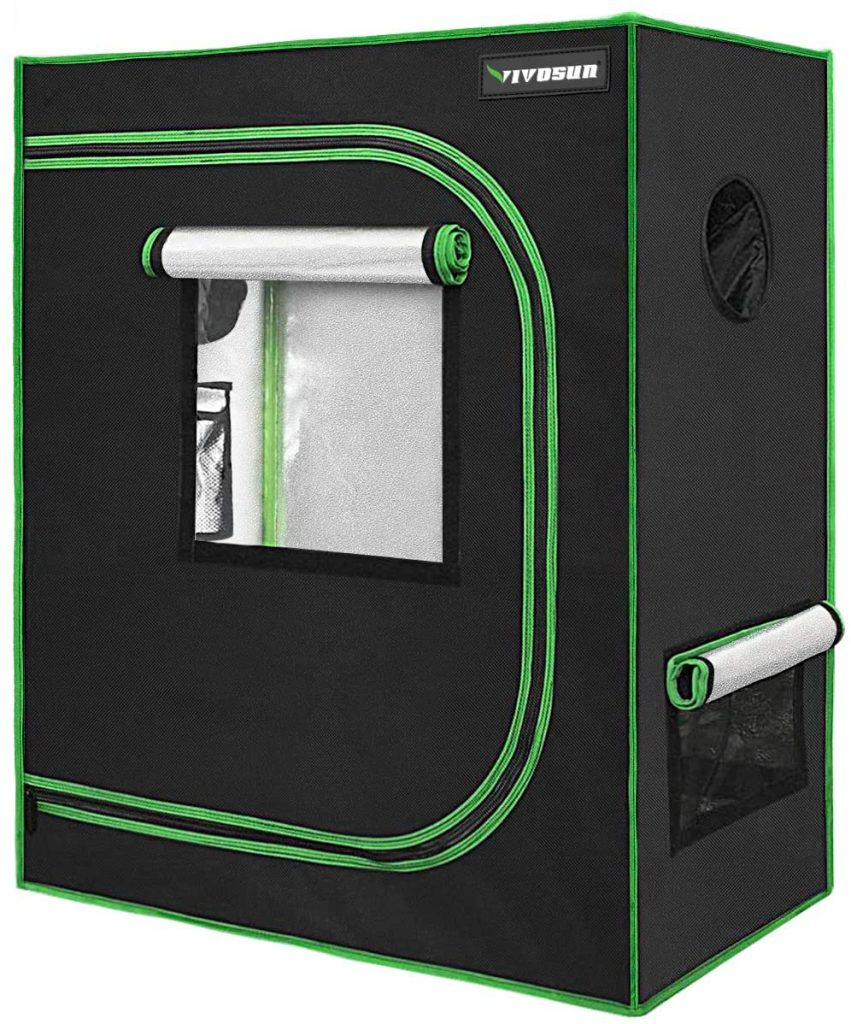
Vivosun grow tents are easy to install, and this model is no different – no tools are required.
The tent comes with an observation window, making it easy to peek inside without disturbing your setup
Additionally, Vivosun has a unique “diamond” reflective mylar design that provides 98% grow light reflection, resulting in your plants being exposed to ample amounts of light.
Product Information:
| Dimensions | 30” (W) x 18” (L) x 36” (H) |
|---|---|
| Weight | 12.03 lbs |
| Fabric | Oxford cloth, double-stitched |
| Fabric Density | 600D |
| Reflective Material | 98% diamond reflective Mylar |
| Frame | Metal Poles |
| Extra Features | Floor tray & corner adapter |
5. MELONFARM Grow Tent 36″x36″x72″
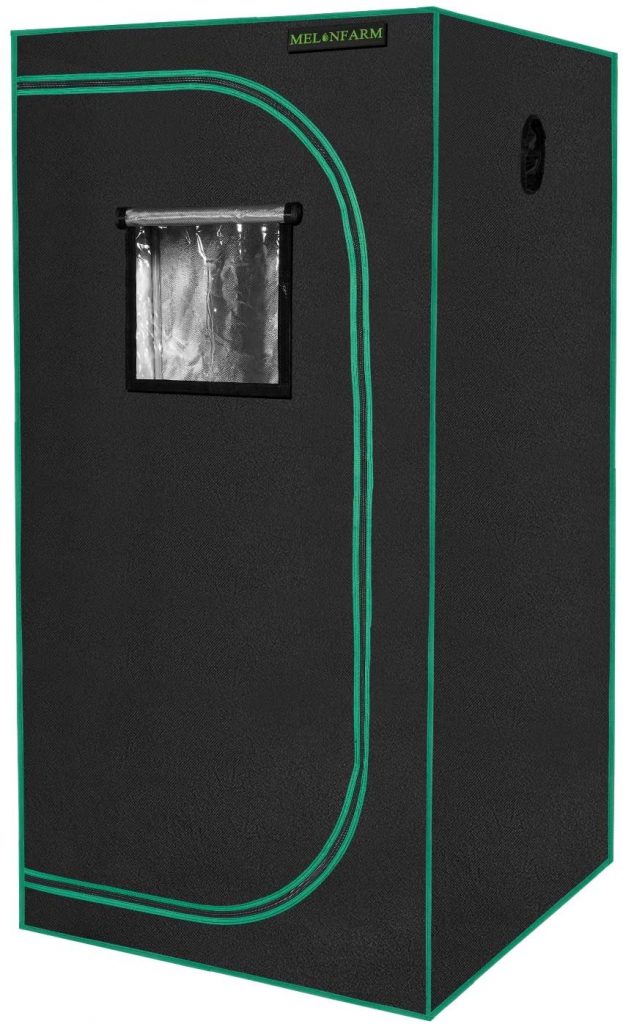
A very solid product from Melonfarm.
This entry, designed for indoor grow setups, is quick and easy to install.
The canvas is made out of standard 600D, double-stitched Oxford cloth, while the inner lining is made out of 100% reflective mylar material (manufacturer claim).
Additionally, this grow tent comes with an observation window.
Product Information:
| Dimensions | 36” (W) x 36” (L) x 72” (H) |
|---|---|
| Weight | 18.71 lbs |
| Fabric | Oxford Cloth |
| Fabric Density | 600D |
| Reflective Material | 100% reflective Mylar (manufacturer claim) |
| Frame | Heavy-duty, iron, rust-resistant poles |
| Extra Features | Waterproof floor tray |
6. GreenHouser 36”x20”x63” High Reflective Grow Tent

This highly reflective indoor grow tent by GreenHouser is perfectly suited to fruit, flower, or vegetable cultivation.
It is made out of 600D lightproof oxford cloth and comes with 16MM white paint-coated metal rods as well as large heavy-duty zippers & double stitching for protection against light leaks.
It also provides round vents with mesh for better ventilation and multiple vents for fan and filter output.
Product Information:
| Dimensions | 36” (W) x 20” (L) x 63” (H) |
|---|---|
| Weight | 15.82 lbs |
| Fabric | Oxford Cloth |
| Fabric Density | 600D |
| Reflective Material | 96% reflective Mylar |
| Frame | 16MM white paint-coated metal rods |
| Extra Features | Removable waterproof tray |
7. AC Infinity CLOUDLAB 422 Grow Tent
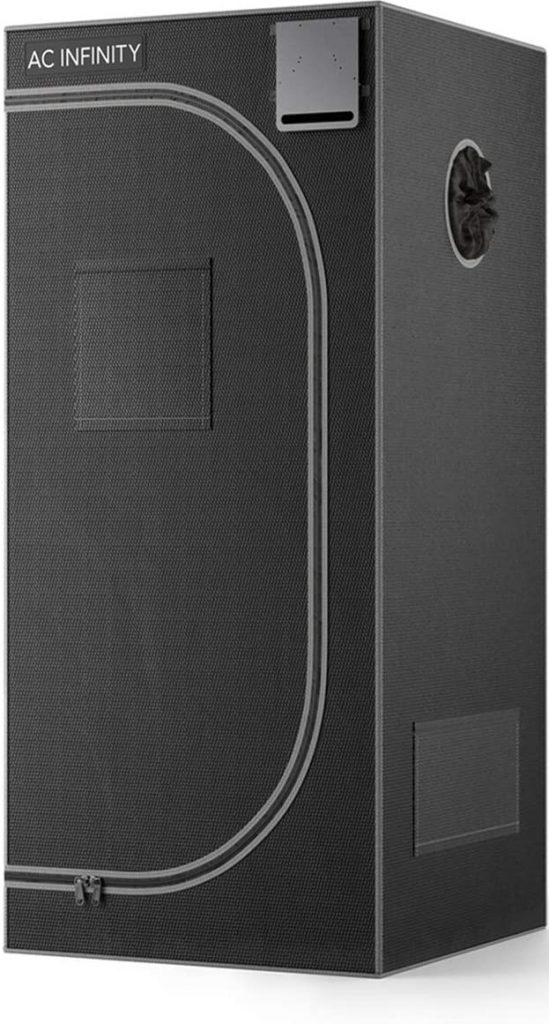
Coming in at the highest price point on this list, The AC Infinity Couldlab 422 is an advanced grow tent designed to create optimal climate conditions for year-round growing indoors
It has a durable frame with thicker steel poles that carry 2x more weight than standard grow tents.
Additionally, it has the highest density canvas on this list – 2000D, so you won’t have to concern yourself with light leakage.
Product Information:
| Dimensions | 24” (W) x 24” (L) x 48” (H) |
|---|---|
| Weight | 18.51 lbs |
| Fabric | Oxford Cloth |
| Fabric Density | 2000D |
| Reflective Material | 98% reflective Mylar |
| Frame | Steel poles |
| Extra Features | Reflective floor tray & toolbag |
What To Consider When Buying A Grow Tent
The grow tent market is flooded with products that vary in quality and reliability. But before you start looking at the various brands out there, it’s essential to consider the following factors:
- Size
- Location
- Cost
- Canvas quality
- Reflectivity
- Frame quality
- Zipper Durability
- Number of Ports
Size
The size of your grow tent is essential to your setup. Before purchasing, make sure that you have a clear ideaofo the number of plants you’re looking to cultivate. Also, consider their size after maturation.
If you don’t plan properly, you may find yourself halfway through a grow, only to realize that you will have to remove some of your plants because of insufficient space.
Location
Will your grow tent be indoors or outdoors? In your room or the garage? Wherever it is, choose one appropriate for the conditions and the space available.
Cost
Stick to your budget and be realistic. Grow tents can be very pricey. If you’re starting out, find a balance between choosing a product that is built well but also cost-effective.
Canvas Quality
A good quality exterior material is non-negotiable. Grow tents are there to assist you in managing the climate around your plants. They need to be waterproof, tearproof, and heat resistant.
Rugged polyester or nylon fabrics (oxford cloth) will protect against any abrasions associated with indoor gardening. They will also protect your plants from the outside environment.
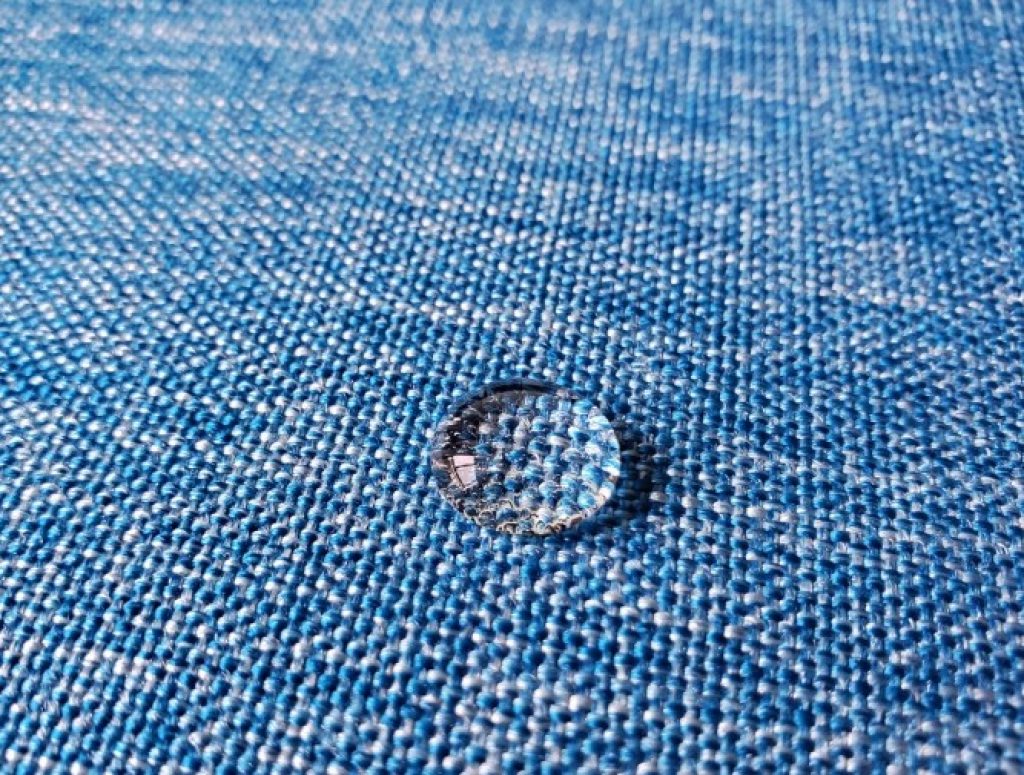
Grow tent canvas thickness is measured in Denier (D). This measurement is usually a good indicator of build quality.
The thicker the thread the more durable the fabric will be.
Reflectivity
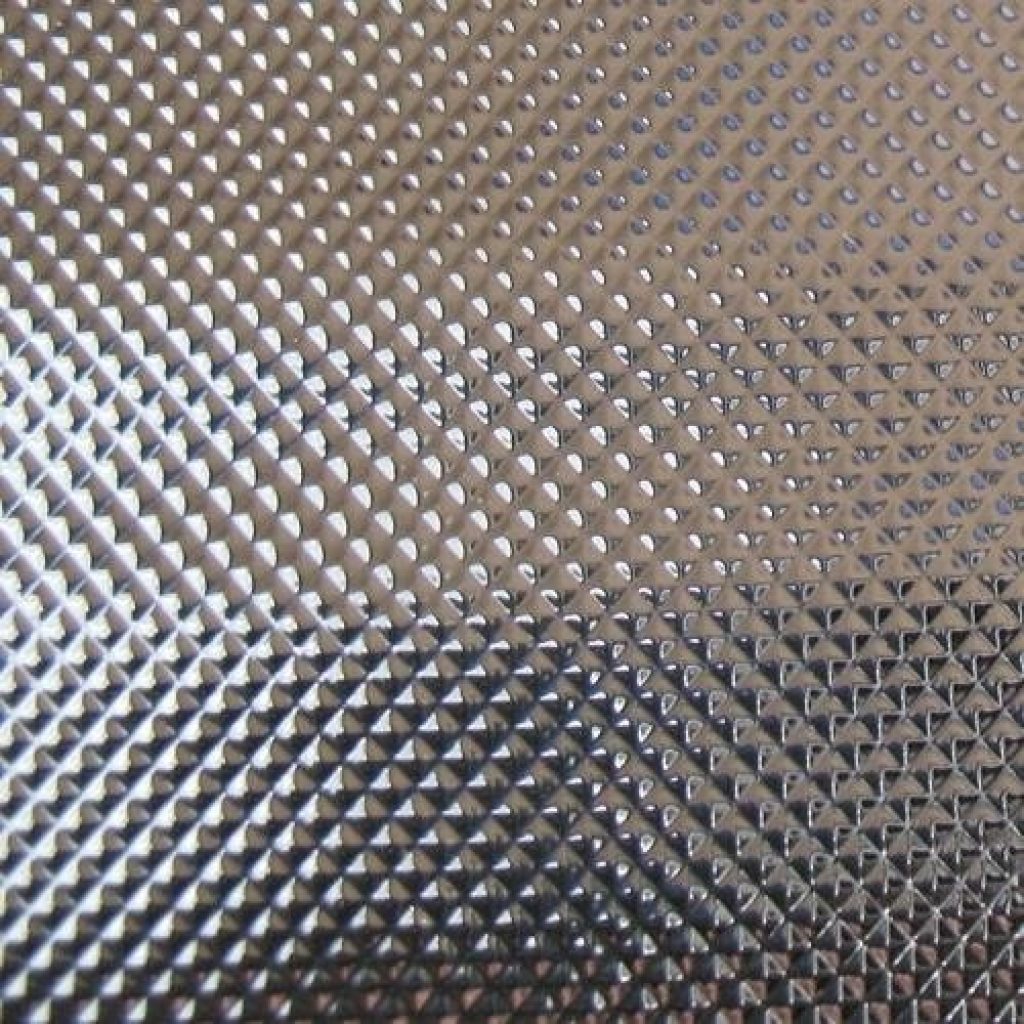
The inner layer of a grow tent is comprised of a reflective material known as mylar. This material amplifies the effect of the lighting inside the tent – it can be up to 98% reflective.
The more reflective your inner layer is, the quicker your plants will grow and the less electricity you will need, saving you time and money.
Frame Quality
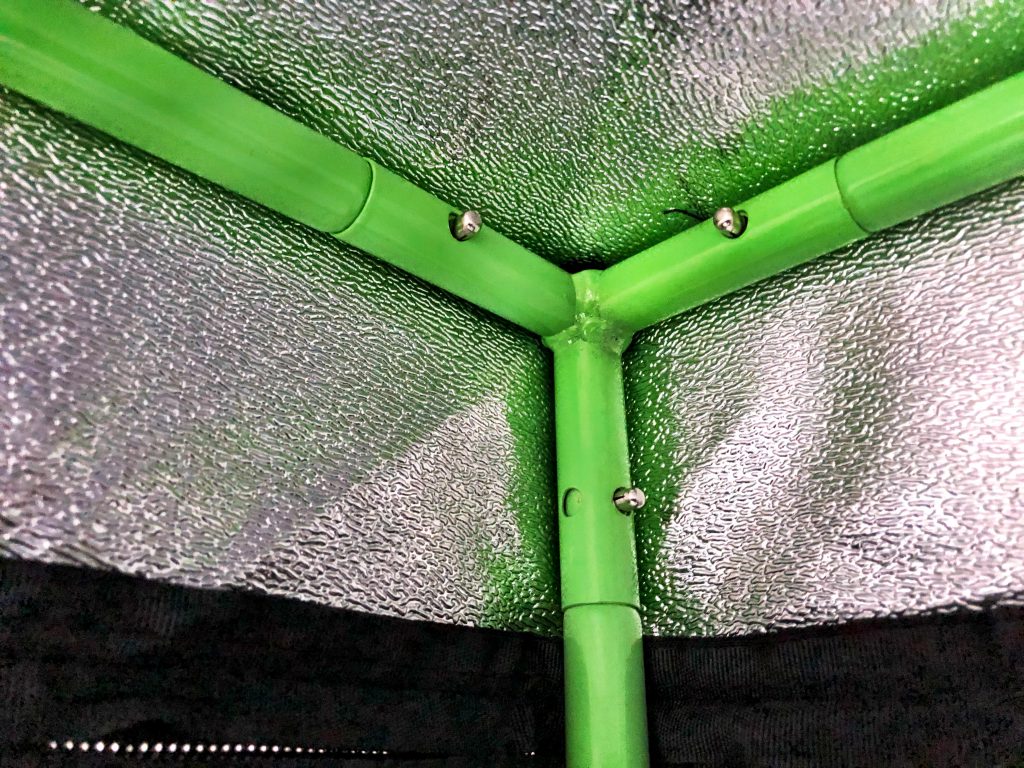
The majority of grow tents are assembled using interlocking poles. These poles are made out of plastic, steel, or other metals such as iron.
If you are going to grow plants that are particularly tall, be sure to look out for tents that come with height-adjustable poles. It’ll save you time and effort in the long run.
Frames, especially poor-quality ones, are susceptible to degradation over time. If possible, try and purchase poles that have snapping mechanisms to lock them in once you assemble them. This will reduce the amount of wear and tear from continuous rotation.
Zipper Durability
Remember that time your favorite hoodie’s zipper failed on you? The same thing can happen with your grow tent.
The zipper tends to be one of the features most susceptible to failure. With that in mind, be sure to purchase a tent that comes with heavy-duty zippers that are easy to use.
Number Of Ports
Grow tents use three ports: ventilation, exhaust, and cord ports.
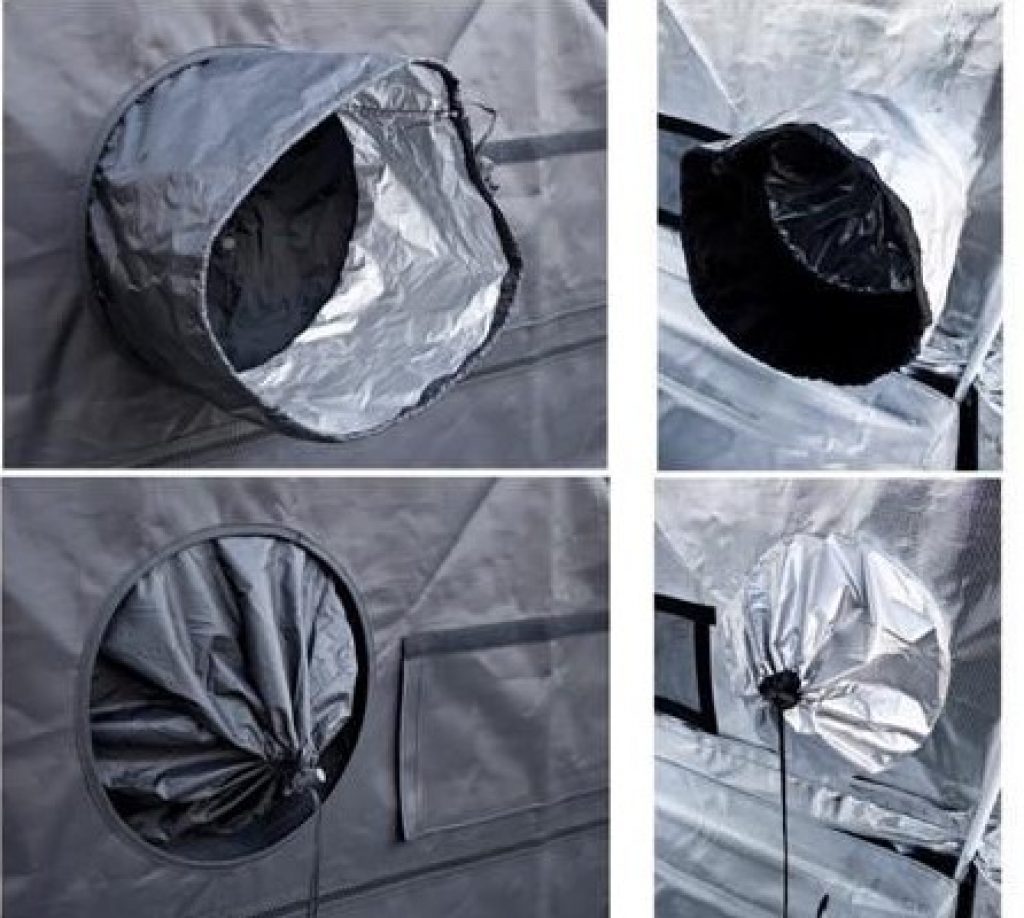
- Ventilation ports – These are used to vent out hot air. In the absence of these ports, your grow tent will overheat and your plants will die.
- Exhaust ports – These ports perform more heavy-duty ventilation. Grow lights can emit a substantial amount of heat – this is where these ports come into the picture. Usually, there is at least one intake and one outtake port – larger tents tend to have more than one of these.
- Cord ports – Well-placed cord ports will make all the difference when linking up your grow tents equipment to an electrical outlet.
Are Grow Tents Worth The Money?
To answer this question, we need to consider the following common challenges that every grower will face:
- Temperature and humidity regulation – Regulating temperature and humidity levels can be an ongoing battle when growing plants. The enclosed environment of a grow tent allows you to control and monitor these levels far more effectively.
- Pests and diseases – A sealed grow tent will reduce the chance of your plants being exposed to unwanted pests and diseases.
- Electricity costs – Reflective mylar coating exposes your plants to more light. More light means an increased rate of growth. Therefore, you’ll require less electricity because of a shorter growth period.
- Water usage – Grow tents stop your plants from being needlessly exposed to excessive sun, wind, and temperatures. As such, you will use less water.
In summary, grow tents are more than worth the money. They may cost a fair bit initially, but they will save you time, money, and effort in the long run.
Do Plants Grow Faster In A Grow Tent?
The short answer is yes, but how?
Fundamentally, the speed and quality of your plants’ growth are determined by the environment that you establish for them. An optimal environment will yield optimal results.
Grow tents help you achieve this environment by:
Increasing Light Intensity
Plants need plenty of light to photosynthesize, so the more light, the better.
As previously mentioned, grow tents use an inner layer of mylar. This reflective material exposes your plants to more light. So if you have a 1000W LED grow light as part of your setup, you can bet that this mylar will make it even more powerful!
Controlling Temperature And Humidity
Different plant species require different levels of temperature and humidity to grow efficiently. Grow tents give you the ability to dictate and maintain the appropriate levels of both.
Knowing this, it stands to reason that the ability to control your growing environment through a grow tent will yield a faster growth rate.
What Vegetables Grow Best In A Grow Tent?

The best part of having a grow tent — when it comes to cultivation, you’re only really limited by your imagination and the size of your tent.
A tent will allow you to grow a variety of different plants — you can even build your own customized vegetable garden using DWC or NFT systems. Salad greens, hydroponic basil, tomatoes, micro greens – you’ll be able to do it all.
But for those of you who are unsure, let’s have a look at ten vegetables that are suited to indoor grow tents:
- Beets
- Onions
- Kale
- Mushrooms
- Carrots
- Green Beans
- Bell peppers
- Ginger
- Arugula
- Spinach
That’s quite a selection. It just goes to show what is possible when growing indoors. Yes, you can be limited by the amount of space available, but if you plan accordingly, purchase an appropriately sized tent, and are mindful of your plants’ size at maturation you’ll have yourself a wonderful indoor vegetable garden.
Final Thoughts
Growing plants requires time, money, and effort.
That statement bears even more weight for those of you out there who cultivate plants for personal consumption.
The last thing any grower wants to experience is unnecessary stress at the thought of their plants failing to maximize their potential, or worse yet, dying.
With that in mind, if you are looking to venture into hydroponic growing or any form of cultivation for that matter, it makes absolute sense to invest in a good grow tent.
These inventions have been a game-changer for indoor growers.
Yes, the initial investment can be expensive, but you will save in the long run, and your plants will thank you for it.

